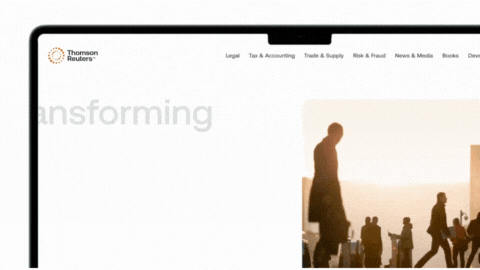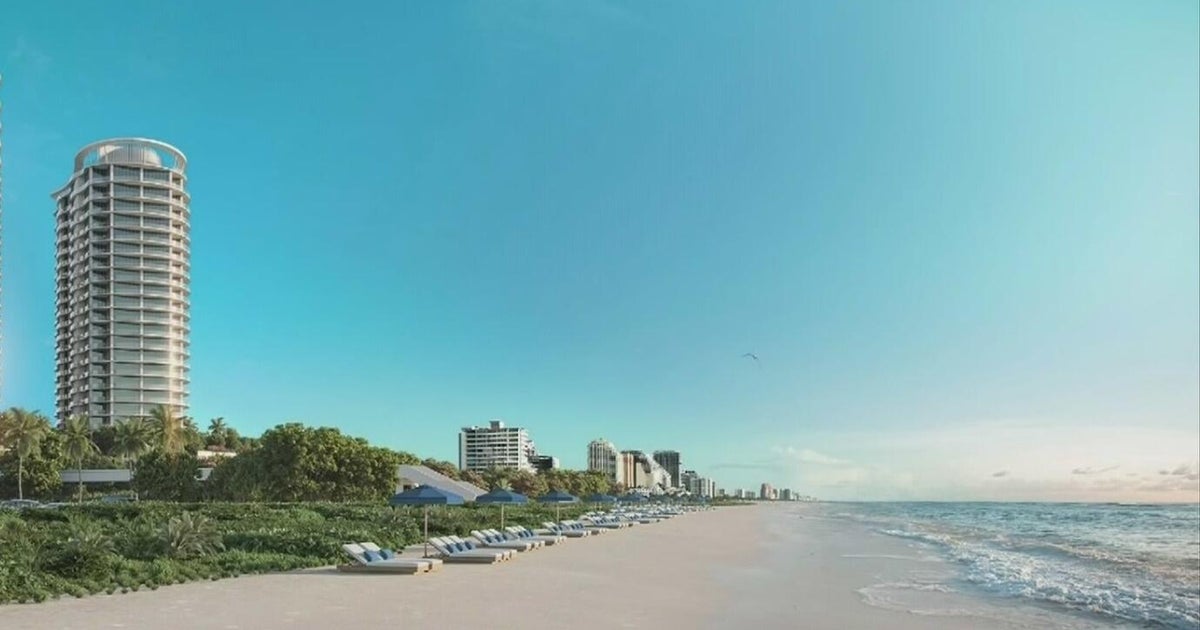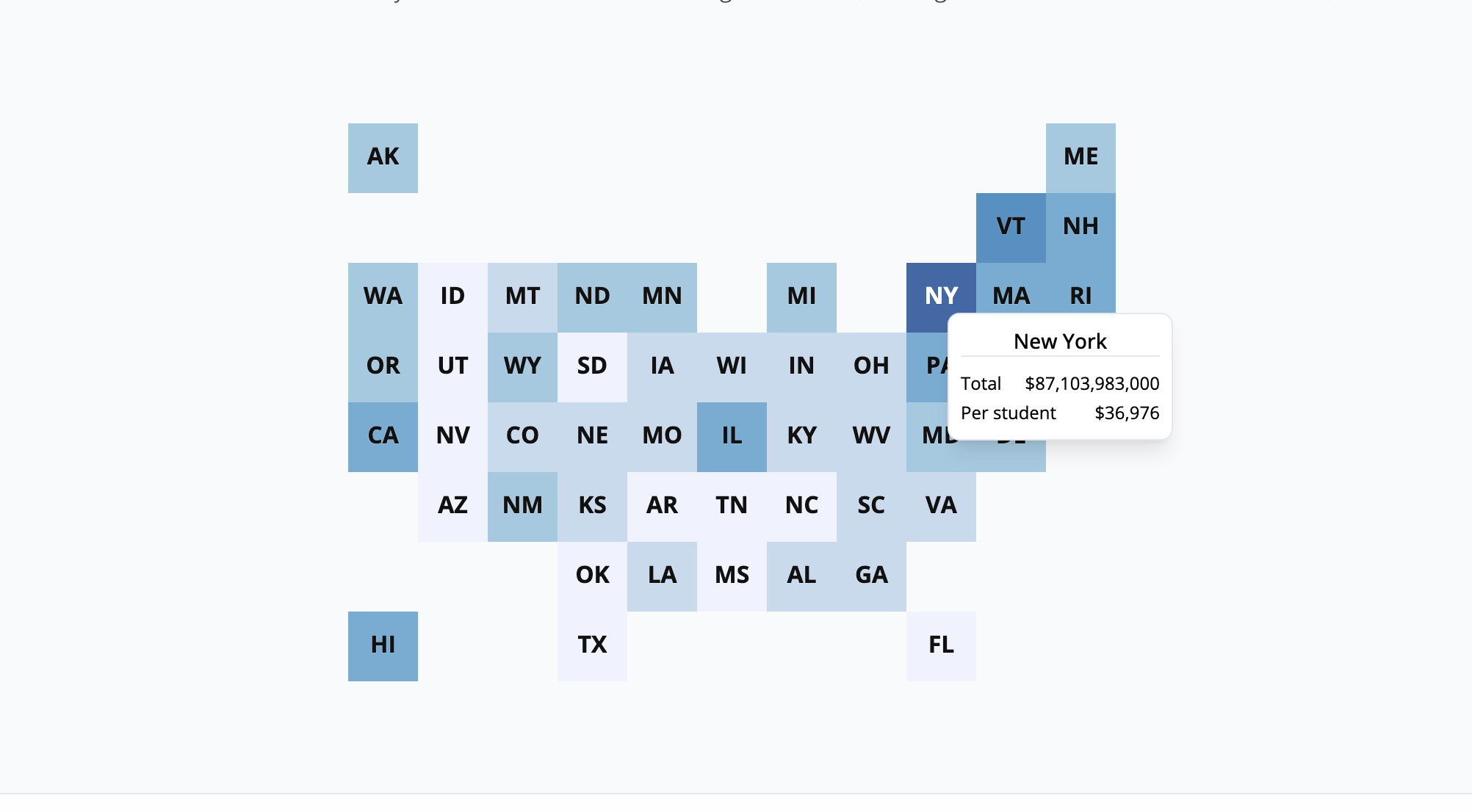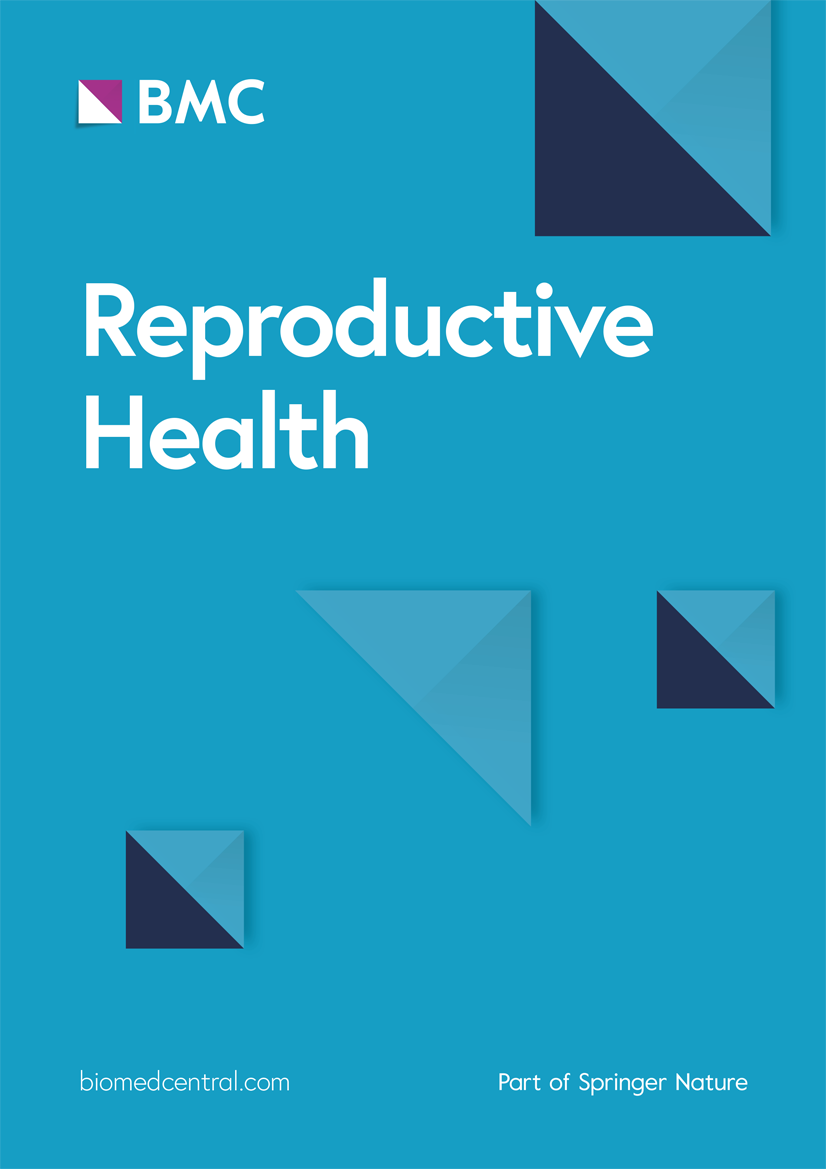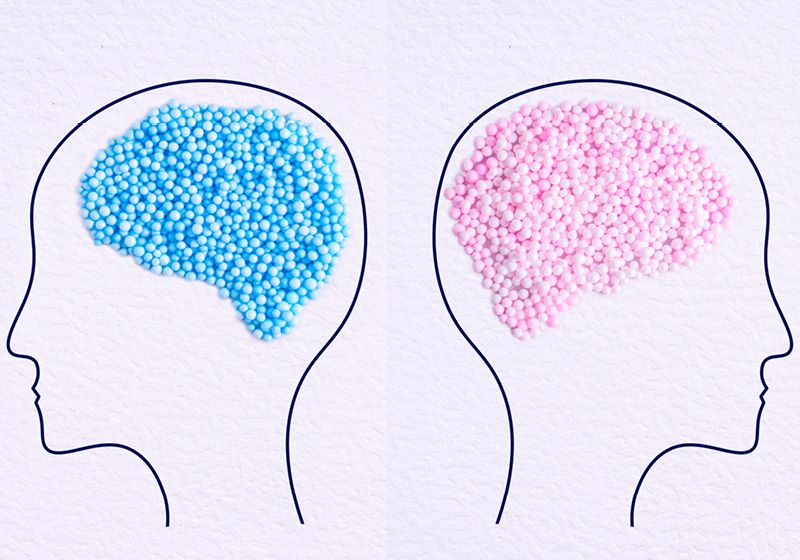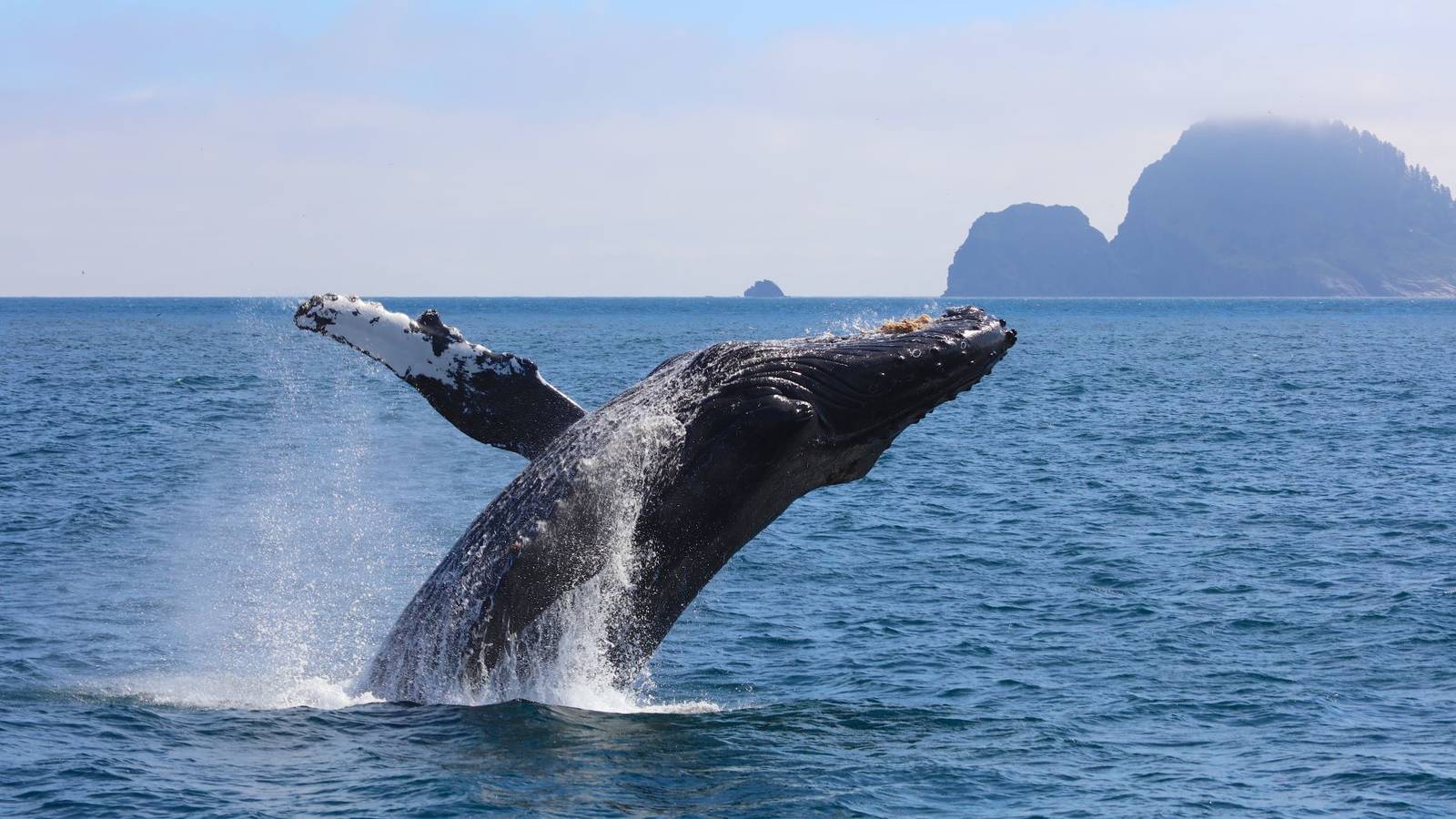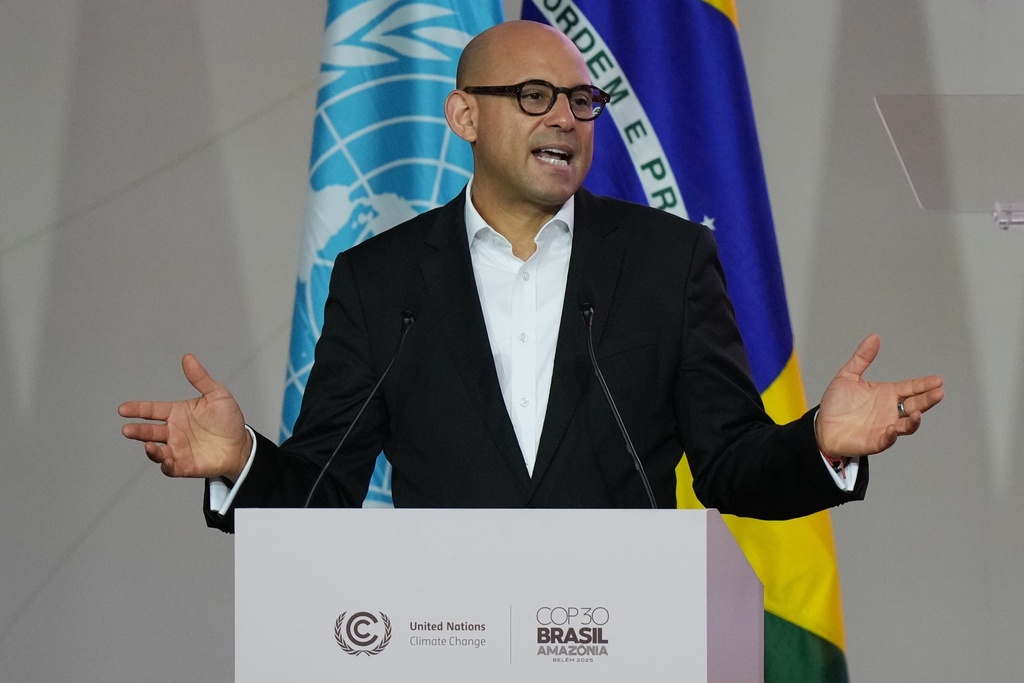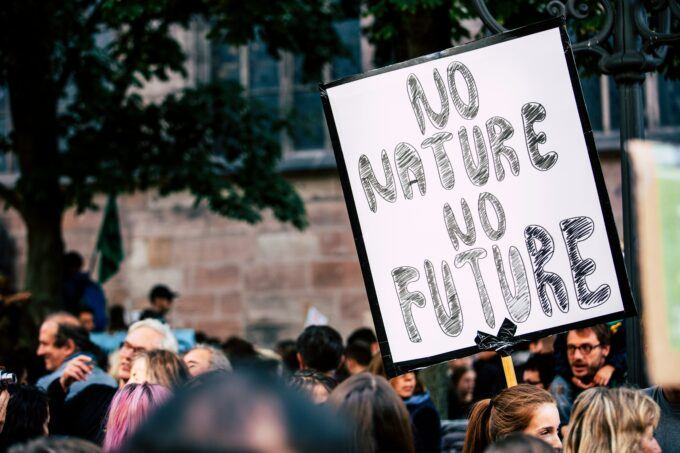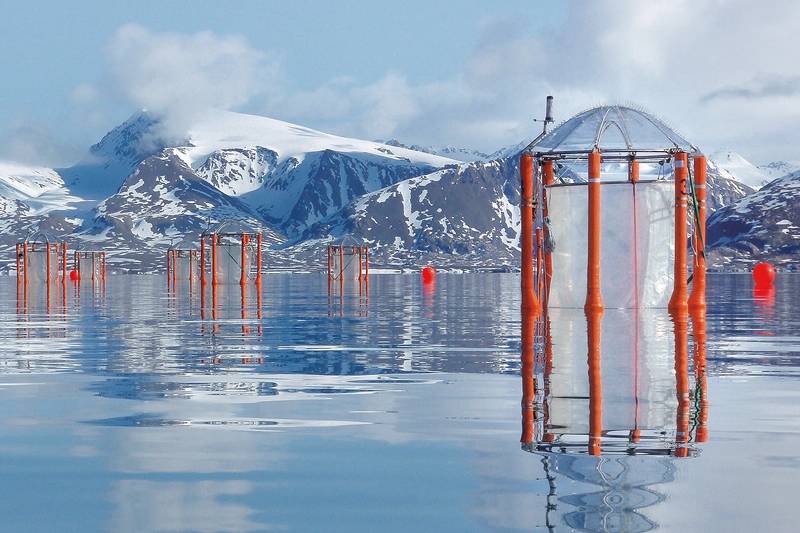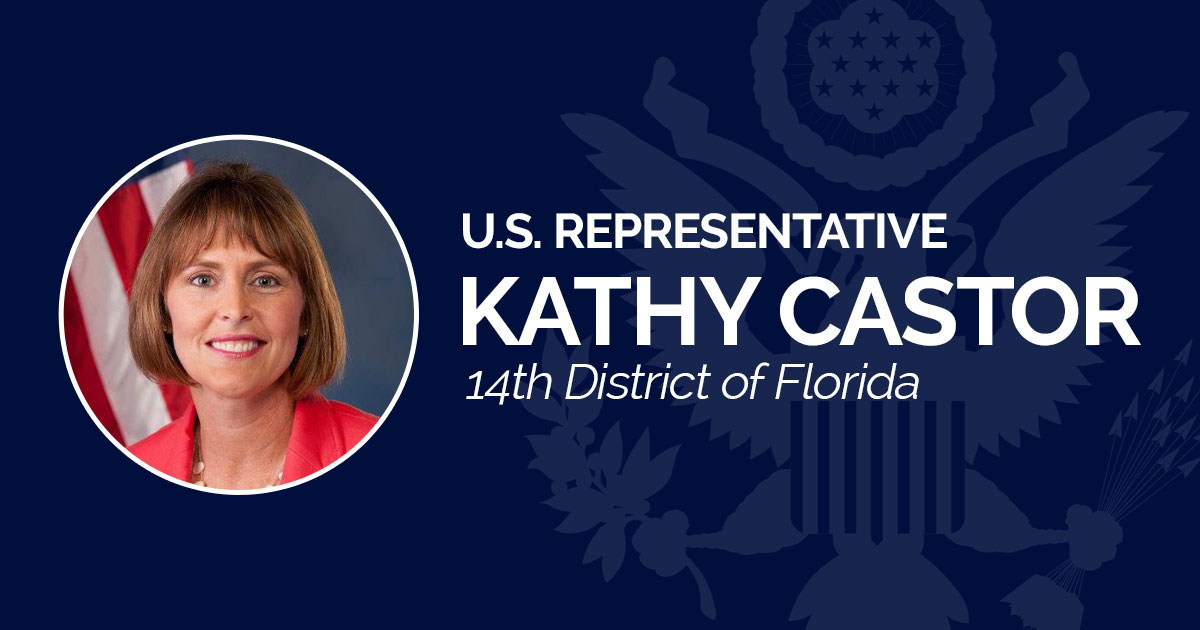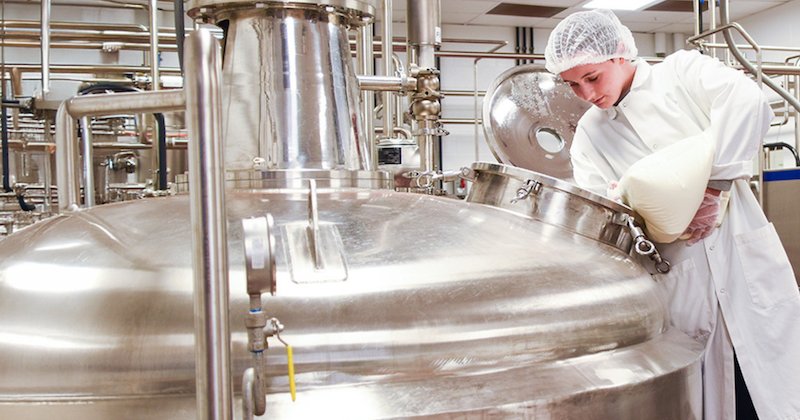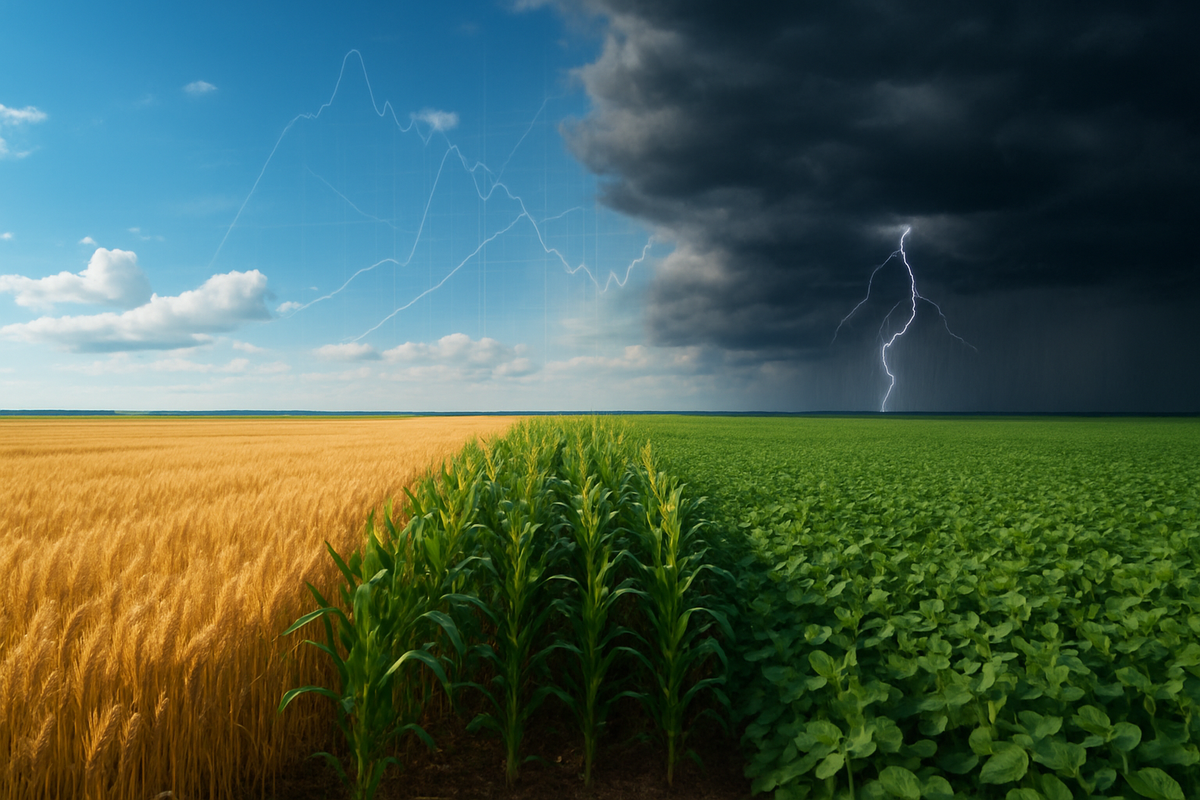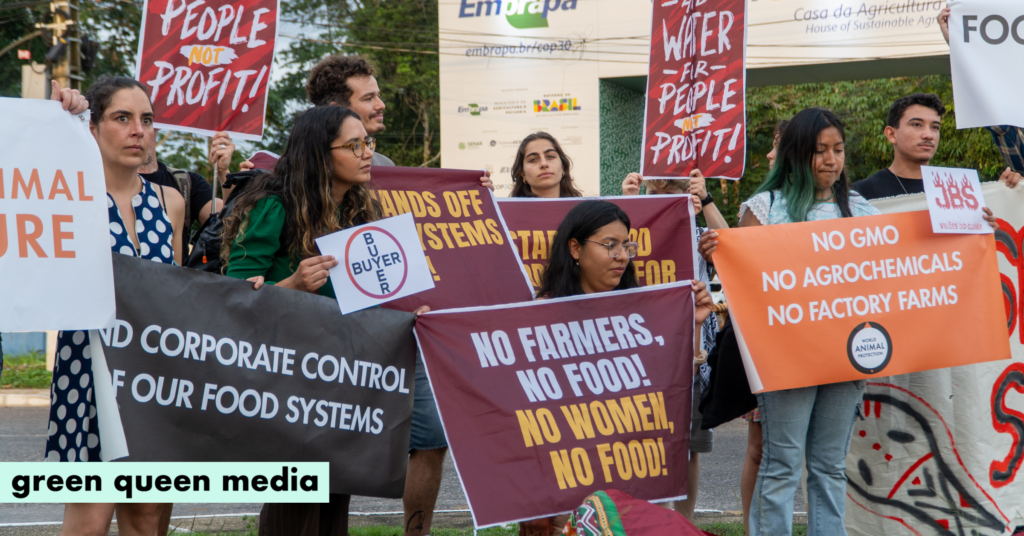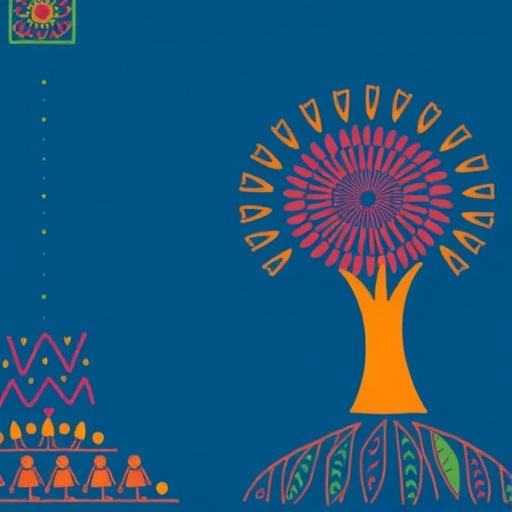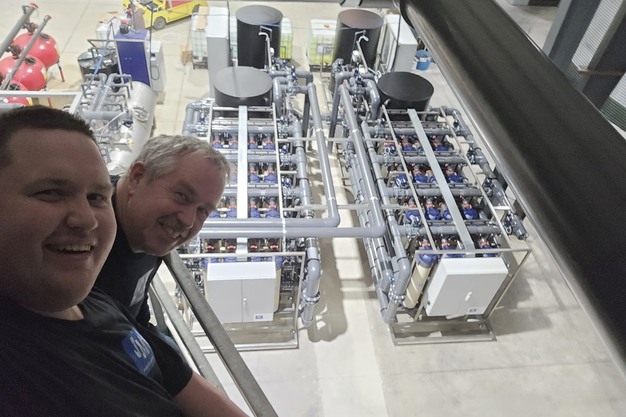From Sewage to Clean Water: What Three Global Cities Teach us About Climate Ingenuity – Earth Day
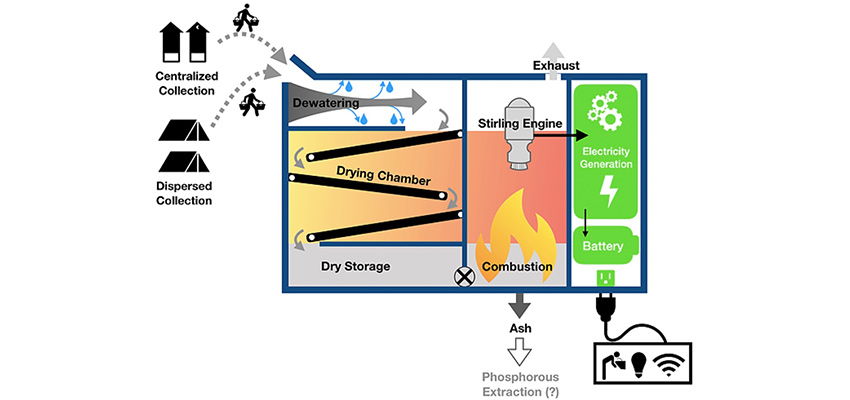
Report on Wastewater Reclamation as a Strategy for Achieving Sustainable Development Goals
Introduction: The Global Water Crisis and the 2030 Agenda
Global water resources are under unprecedented stress from climate change and human overuse, creating severe challenges to the achievement of the United Nations Sustainable Development Goals (SDGs). Increasing drought frequency and intensity directly threaten progress on SDG 6 (Clean Water and Sanitation) and have cascading effects on SDG 11 (Sustainable Cities and Communities) and SDG 13 (Climate Action). In response, innovative water management strategies are critical. Wastewater reclamation, the process of treating and reusing used water, emerges as a vital solution to enhance water security, build climate resilience, and promote a circular economy, thereby supporting multiple SDGs.
Wastewater Reclamation: A Core Component of Sustainable Water Management
Wastewater reclamation is a proven technological solution for augmenting water supplies in water-scarce regions. By treating wastewater to high standards, communities can create a reliable, drought-proof water source. This practice is a direct implementation of SDG Target 6.3, which aims to improve water quality by halving the proportion of untreated wastewater and substantially increasing recycling and safe reuse globally. Two primary methods are employed:
- Direct Potable Reuse (DPR): Purified wastewater is introduced directly into a potable water supply system after advanced treatment.
- Indirect Potable Reuse (IPR): Reclaimed water is discharged into an environmental buffer, such as a lake or aquifer, before being withdrawn and treated again for drinking purposes.
These approaches contribute significantly to SDG 12 (Responsible Consumption and Production) by transforming a waste product into a valuable resource.
Global Case Studies: Implementing SDG 6 Through Innovative Infrastructure
Windhoek, Namibia: A Pioneer in Direct Potable Reuse
The city of Windhoek provides a historic and successful model for water reclamation. As the capital of one of sub-Saharan Africa’s driest countries, it has long faced water scarcity.
- Infrastructure and Innovation (SDG 9): The original Goreangab Water Reclamation Plant (GWRP), opened in 1968, was the world’s first DPR facility. The modern New Goreangab Wastewater Reclamation Plant (NGWRP) now supplies over a third of the city’s drinking water.
- Health and Well-being (SDG 3): The plant utilizes a rigorous 10-step purification process, ensuring the final product meets both Namibian and World Health Organization (WHO) standards. The facility has a perfect safety record with no instances of waterborne disease outbreaks.
- Urban Resilience (SDG 11): By providing a consistent water supply of 21 million liters daily, the NGWRP has made Windhoek significantly more resilient to drought and climate variability.
Singapore: An Integrated Approach to National Water Security
Singapore has developed a world-renowned water management system that integrates multiple sources, including reclaimed water, known as NEWater. This strategy is essential for the island nation, which lacks abundant natural freshwater resources.
- Advanced Infrastructure (SDG 9): The Changi Water Reclamation Plant is a massive facility capable of processing 920 million liters per day. It operates in conjunction with the Sembcorp NEWater Plant, which further purifies the water.
- Sustainable Industry and Cities (SDG 9 & 11): The majority of NEWater is used by industrial facilities, supporting Singapore’s economy while reducing the strain on its potable water supply. A portion is also added to drinking water reservoirs, bolstering supply during dry periods.
- Responsible Production (SDG 12): This dual-system approach exemplifies circular economy principles, ensuring that water is used efficiently for both industrial and domestic purposes.
St. George, Utah, USA: Climate Adaptation in the American Southwest
Facing a historic megadrought exacerbated by climate change, the city of St. George is making significant investments in water reclamation as a key climate adaptation strategy, directly addressing SDG 13 (Climate Action).
- Strategic Investment: The city is investing approximately one billion dollars in a new water reclamation plant and 60 miles of pipeline, demonstrating a commitment to building resilient infrastructure (SDG 9).
- Phased Implementation: Initially, the reclaimed water will be used for non-potable purposes like landscape irrigation, freeing up precious drinking water. The city plans to transition to DPR within two decades, showcasing a long-term vision for achieving SDG 6.
- Comprehensive Conservation: The reclamation project is part of a broader strategy that includes incentives for water-efficient landscaping and plumbing, aligning with the conservation targets of SDG 6.
Conclusion: The Future of Water Security and the SDGs
As climate change intensifies water stress globally, wastewater reclamation is transitioning from a niche solution to a mainstream necessity. The successful implementation in cities like Windhoek, Singapore, and St. George demonstrates that with advanced technology and strategic investment, it is possible to create safe, reliable water supplies from used water. Expanding these efforts is fundamental to making progress on a suite of interconnected Sustainable Development Goals, including:
- SDG 3: Good Health and Well-being
- SDG 6: Clean Water and Sanitation
- SDG 9: Industry, Innovation, and Infrastructure
- SDG 11: Sustainable Cities and Communities
- SDG 12: Responsible Consumption and Production
- SDG 13: Climate Action
Widespread adoption of water reclamation is therefore not merely a technical choice but a critical pathway toward a sustainable and water-secure future for all.
SDGs Addressed in the Article
- SDG 6: Clean Water and Sanitation
- SDG 9: Industry, Innovation and Infrastructure
- SDG 11: Sustainable Cities and Communities
- SDG 13: Climate Action
Specific SDG Targets Identified
-
SDG 6: Clean Water and Sanitation
- Target 6.1: Achieve universal and equitable access to safe and affordable drinking water for all.
The article discusses providing safe drinking water in drought-prone regions like Namibia and the Southwestern U.S. through wastewater reclamation. It highlights that the water from the Goreangab plant meets World Health Organization (WHO) standards and has never caused waterborne disease, ensuring it is safe for consumption. - Target 6.3: Substantially increase recycling and safe reuse globally.
This is the central theme of the article. It extensively covers wastewater reclamation, recycling, and reuse through technologies like Direct Potable Reuse (DPR) and Indirect Potable Reuse (IPR) in cities like Windhoek, Singapore, and St. George. - Target 6.4: Substantially increase water-use efficiency and address water scarcity.
The article describes efforts in St. George, Utah, to increase water-use efficiency by paying residents to replace lawns and subsidizing efficient toilets. The overall strategy of wastewater reclamation is presented as a solution to address water scarcity exacerbated by “climate change and human overuse.” - Target 6.a: Expand international cooperation and capacity-building support.
The article presents the successful water reclamation plants in Windhoek, Namibia, and Singapore as “shining examples to the rest of the world” and suggests that the “US could benefit from following their example,” implying the value of international knowledge sharing on these technologies.
- Target 6.1: Achieve universal and equitable access to safe and affordable drinking water for all.
-
SDG 9: Industry, Innovation and Infrastructure
- Target 9.1: Develop quality, reliable, sustainable and resilient infrastructure.
The article details the development of large-scale, resilient infrastructure projects like the Goreangab Water Reclamation Plant in Namibia, the Changi Water Reclamation Plant in Singapore, and the new billion-dollar project in St. George, Utah, which includes “60 miles of new pipeline.” These are designed to provide a reliable water supply despite climate challenges.
- Target 9.1: Develop quality, reliable, sustainable and resilient infrastructure.
-
SDG 11: Sustainable Cities and Communities
- Target 11.5: Reduce the impact of water-related disasters.
The article frames wastewater reclamation as a critical solution for cities to combat the effects of a “megadrought,” which it describes as a severe water-related disaster impacting the Southwestern United States for over two decades. - Target 11.b: Implement integrated policies for resource efficiency and climate change adaptation.
The actions of Windhoek, Singapore, and St. George are presented as examples of cities implementing integrated plans for resource efficiency (water recycling) and adaptation to climate change (building resilience to drought).
- Target 11.5: Reduce the impact of water-related disasters.
-
SDG 13: Climate Action
- Target 13.1: Strengthen resilience and adaptive capacity to climate-related hazards.
The article directly states that expanding wastewater reclamation efforts “could be massively beneficial for climate resilience.” It positions this strategy as a way for communities to adapt to climate-related hazards like the “more frequent droughts” triggered by climate change.
- Target 13.1: Strengthen resilience and adaptive capacity to climate-related hazards.
Indicators for Measuring Progress
- Proportion of wastewater safely treated (Indicator 6.3.1): The article provides specific figures that can serve as indicators of treatment capacity. For example, the New Goreangab Wastewater Reclamation Plant (NGWRP) “provides 21 million liters daily,” and the Changi Water Reclamation Plant has a “processing capacity of 920 million liters of purified water per day.”
- Proportion of population using safely managed drinking water services (Indicator 6.1.1): The article implies progress by stating that the water from the NGWRP in Windhoek “meets Namibia’s own rigorous water quality standards as well as those of the World Health Organization (WHO)” and “has never been the cause of waterborne disease.”
- Level of water stress (Indicator 6.4.2): While not providing a numerical value, the article strongly implies a high level of water stress by describing the Southwestern U.S. as experiencing a “megadrought” since 2000, which is considered the “worst the region has faced in over a thousand years.”
- Adoption of local disaster risk reduction strategies (Indicator 13.1.2 / 11.b.2): The article identifies several cities—Windhoek, Singapore, St. George, El Paso, and San Diego—that are adopting or considering wastewater reclamation as a strategy to mitigate the risks of drought, a key climate-related disaster.
Summary of SDGs, Targets, and Indicators
| SDGs | Targets | Indicators Identified in the Article |
|---|---|---|
| SDG 6: Clean Water and Sanitation | 6.3: Substantially increase recycling and safe reuse globally. | Volume of wastewater treated daily (e.g., 21 million liters in Windhoek; 920 million liters in Singapore). |
| SDG 6: Clean Water and Sanitation | 6.1: Achieve universal access to safe and affordable drinking water. | Compliance with WHO water quality standards and zero instances of waterborne disease from the reclamation plant in Windhoek. |
| SDG 6: Clean Water and Sanitation | 6.4: Increase water-use efficiency and address water scarcity. | Description of high water stress (“megadrought”) in the Southwestern U.S. and implementation of water conservation programs in St. George. |
| SDG 9: Industry, Innovation and Infrastructure | 9.1: Develop quality, reliable, sustainable and resilient infrastructure. | Construction of large-scale water reclamation plants and associated infrastructure (e.g., “60 miles of new pipeline” in St. George). |
| SDG 11: Sustainable Cities and Communities | 11.5: Reduce the impact of water-related disasters. | Use of wastewater reclamation as a direct response to the “megadrought” disaster in the American West. |
| SDG 13: Climate Action | 13.1: Strengthen resilience and adaptive capacity to climate-related hazards. | Number of cities (Windhoek, Singapore, St. George, etc.) adopting wastewater reclamation as a climate adaptation and resilience strategy against drought. |
Source: earthday.org

What is Your Reaction?
 Like
0
Like
0
 Dislike
0
Dislike
0
 Love
0
Love
0
 Funny
0
Funny
0
 Angry
0
Angry
0
 Sad
0
Sad
0
 Wow
0
Wow
0

